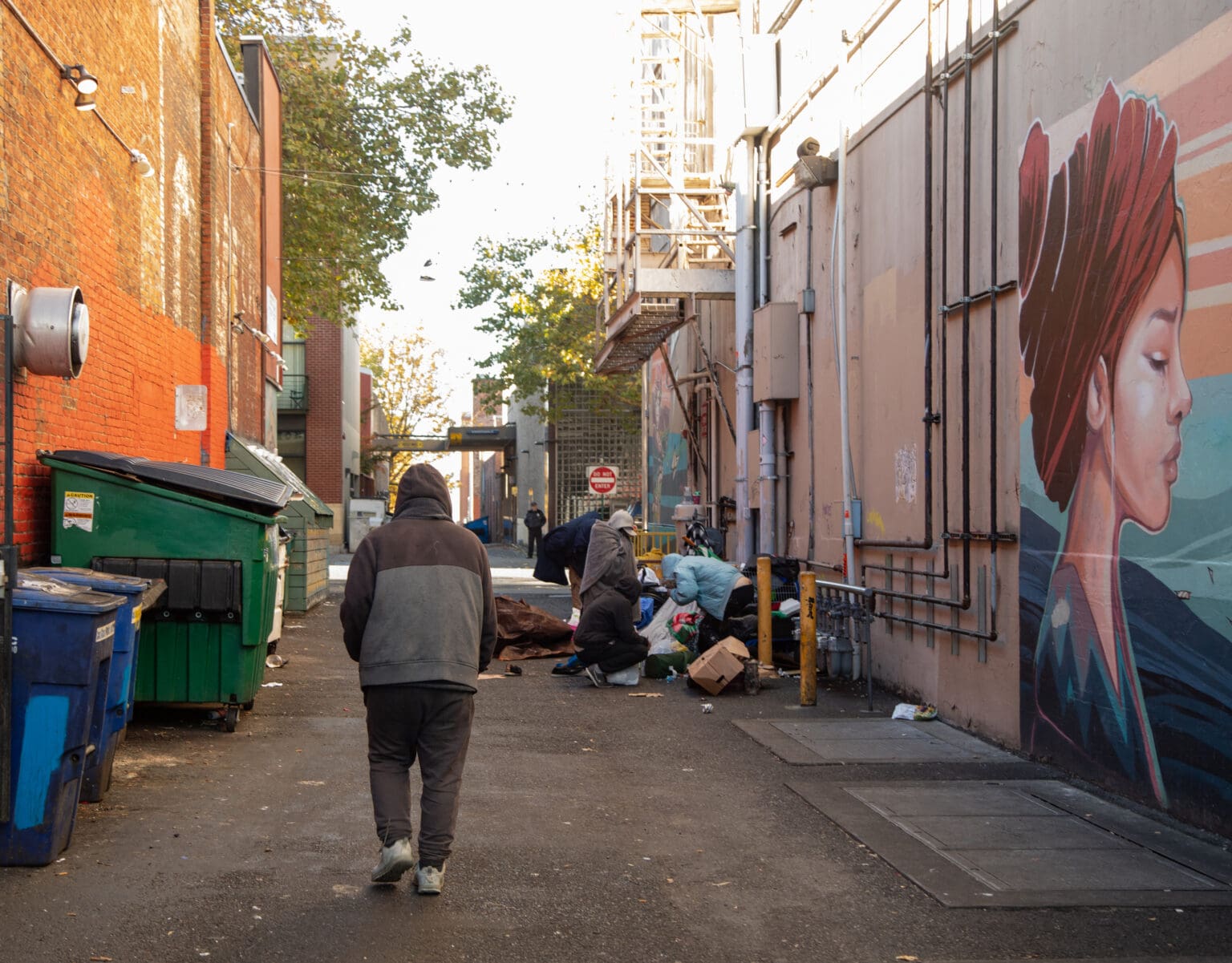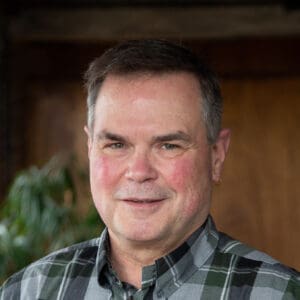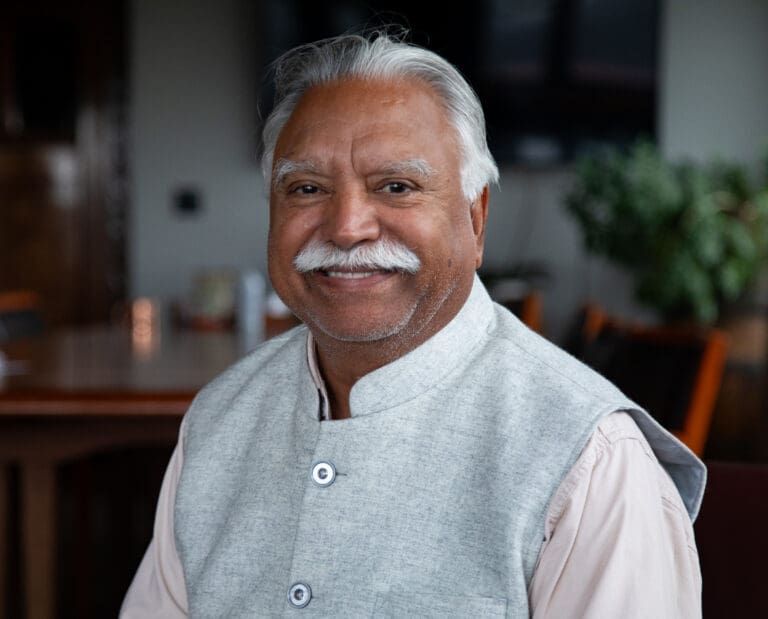It was a joke, but it brought to mind a point: At the newsroom Thanksmas potluck this week, one of our reporters asked me across a long conference table around which we were all gathered: “Are you going to make us all say what we’re thankful for?”
Everyone laughed, and I nodded no, because some things, among people with the luxury of being confident in their surroundings and situations, are self-evident.
One is that as journalists we’re all thankful for being gainfully employed, doing something of benefit that we love, in a place we cherish. And two, within that larger place, we all have a more personal one we call home.
Living space. Security. A degree of comfort. Human need. Human right? I think everyone in our room thinks so.
It’s why our news organization, with the privilege that comes with setting our own priorities, is going to focus throughout the coming year on homelessness, as one of our reporting goals.
Let’s start from the top with a couple of “granteds”: It’s a societal problem of sweeping nature, a product of many factors, not the least of which is inequity in our economy and social structures. Those are large-scale dilemmas many levels above the pay grade of any local newsroom.
Secondly: It is nonetheless an acute and growing problem in Northwest Washington. It is a daily fact of life inside the city limits of Bellingham, our hometown.
Most of us at CDN live in Bellingham; we all work downtown. Every day, we watch the struggle for survival of large numbers of people — yes, some likely drug-dependent, suffering from mental health issues, or both — play out at our front door.
Recently, a CDN reporter and photographer walking back from interviewing residents of Lighthouse Mission’s Base Camp came upon a man suffering from a fentanyl overdose. His frantic wife said he was unconscious and on the edge of death. They tried to help but realized the one thing they likely needed in the moment — an additional dose of Narcan — was not at hand.
In the wake of that incident (the man was transported for medical care and we believe survived), Audra Anderson, our assistant editor, took it upon herself to secure a supply of the drug, as well as a useful training session for the staff by Steve Cohen, a training specialist for Whatcom County Emergency Medical Services.
Baby steps toward preparation
We’ll all be better prepared next time. I’m grateful to work with folks who, as a first reaction, took it upon themselves to help, and to reach out for advice to deal with future crises that seem more likely than not.
The point: We’re no different than anyone else who sees what’s occurring on our streets and struggles to know what the hell to do.
Our first impulse is to wonder how to help. Our second is to figure out how to best use our tools as journalists to make what seems an intractable problem at least some margin of better for all involved.
That’s the impetus for our homeless project, an “occasional series” in which we’ll employ the same strategies we use to chip away at any big, ongoing story: Honest, person-to-person reporting, both with people struggling with homelessness (or choosing to be homeless and creating other public challenges in the process), and those attempting to combat the problem.
We’ll also employ investigative tools such as data research and public records requests.
And we’ll take a broader view of what’s already been done here (a lot, actually) by frontline experts, nonprofits and government officials: How effective has it been? What is still needed? (I see the approach as similar to our previous special report on the Whatcom County Jail and local justice issues.)
We are not experts, but we are all ears about the subject, and our staff is committed to asking the questions and providing the up-close insight that’s been largely missing to date.
It’s a big, fraught topic, likely to provoke angst among various participants in the struggle. We get it. And we accept that challenge.
Two things I hope readers will keep in mind: An “occasional series” means exactly that. We’ll be producing many reports in different formats and styles, including honest visuals edited with compassion and respect.
No single story will attempt to capture the entire subject; judge its merit over the long haul. And we’ll report with the degree of empathy and respect for all involved that an emotional, important societal topic deserves.
Staff members step up
As we launch the effort, I asked staffers who will be directly involved about their own hopes for the project.
Reporter Charlotte Alden, already producing thoughtful pieces on the subject, sees an opportunity to move beyond negative portraits of suffering and “put names to faces, humanize people who are experiencing homelessness, recognize the people who are doing what they can to help people, and work towards solutions.”
She hopes our reporting will focus not just on the abstract problem, but the pieces that contribute to it, including systemic inequities that make some people more prone to homelessness.
CDN’s lead photojournalist, Hailey Hoffman, echoed those thoughts, adding that she hopes visual representations of life on the streets put front and center a problem most of us would rather push from our minds.
“I want to make people look at the unhoused folks and see the pain that is happening in the heart of our city,” Hoffman said. “I want to make the people who only go to Barkley Village or Fairhaven, who get to avoid the tragedy of downtown because they don’t want to look at it, look at it.”
Hoffman was one of the journalists who encountered the man with a near-death experience on the sidewalk near our office. After the man was transported, she repeatedly checked on his wife, who had to remain on the street guarding the couple’s few possessions.
“I brought her food and coffee when I could,” she said. “And a few days later, she was gone.”
She and other reporters recognize the limits, and the challenges for photographers, as the subject is “steeped with ethical quandaries that are hard to navigate and balance.”
Ralph Schwartz, CDN’s veteran government reporter, agrees about the need to humanize the story. But he sees it as a systems story, as well.
“We need to touch on accountability,” Schwartz said. “Not among homeless people themselves but at the government level. There’s a perception at the very least that city leaders are failing us. We can’t do this series without taking a serious look at solutions.”
Investigative reporter Isaac Stone Simonelli agrees, and sees opportunities to reframe the discussion.
The property-owning class of Americans seem to become aware of homelessness when it spills out in downtown streets, then single-family neighborhoods, he notes. “But what about those teetering on the edge of homelessness … one flat tire, one bounced check, one high utility bill away from seeing their lives spiral out of control?”
To Simonelli, the order of priority is clear: humanity, systemic failures, impact on other community members, and then valid residential concerns. Too often, he believes, the equation is reversed.
Staff members in general are hopeful the work will help, but realistic about limitations.
“It’s uncomfortable and sad and often easier to avoid those emotions and feelings because the tragedy is so colossal, it’s easy to become overwhelmed,” Hoffman said. “Because, honestly, what can one person do on their own? Not much. But if more people actively choose to confront the tragedy, maybe, just maybe, there can be an impact.”
The common thread: They all care deeply, want to help, and have a means to do so. As I say in our room, perhaps too often when tough subjects arise: “It’s why we’re here.”
Ron Judd’s column appears on Fridays; ronjudd@cascadiadaily.com; @roncjudd.





Party chair: We must hold all leaders — including Democrats — accountable